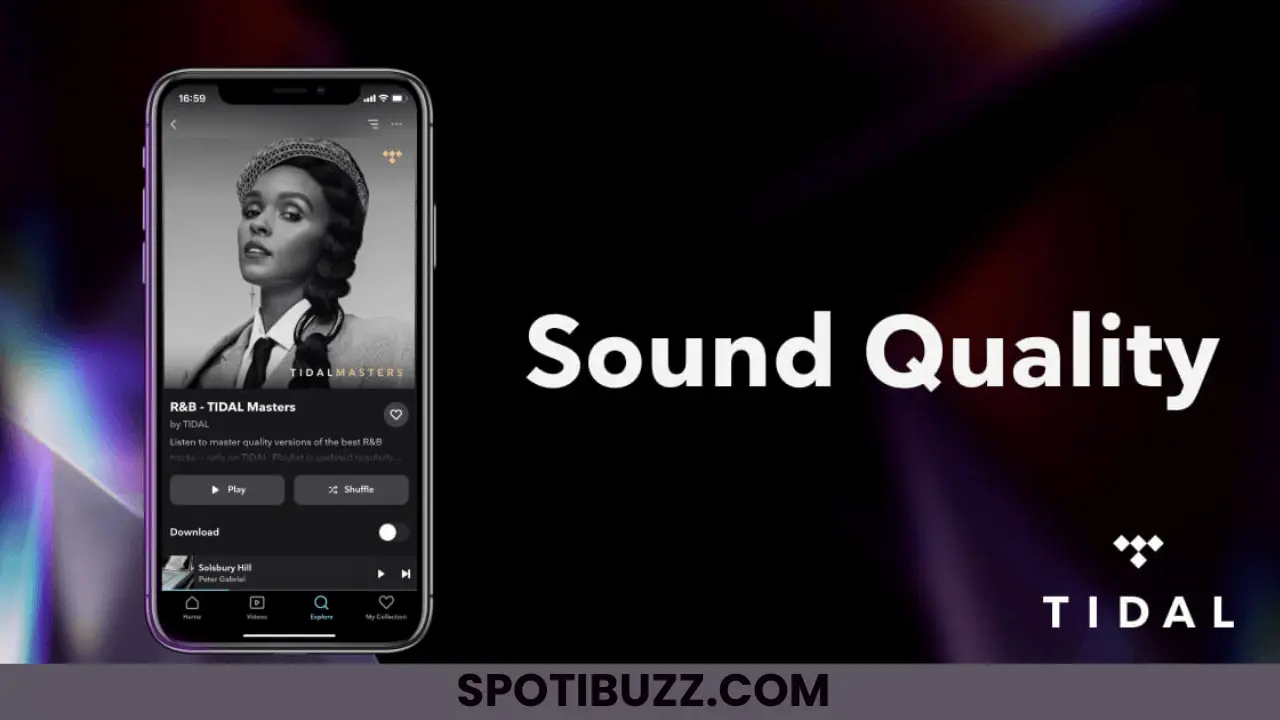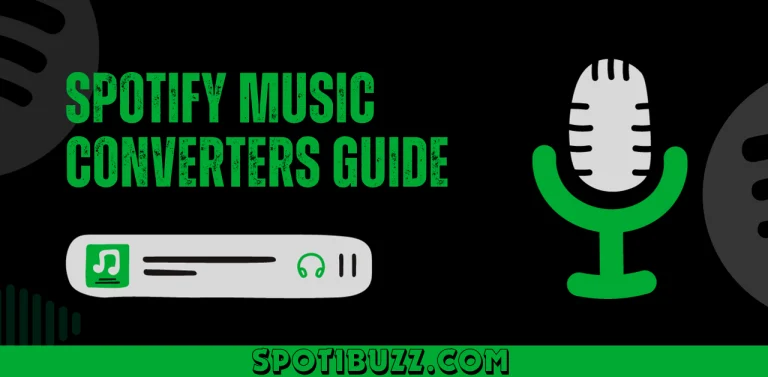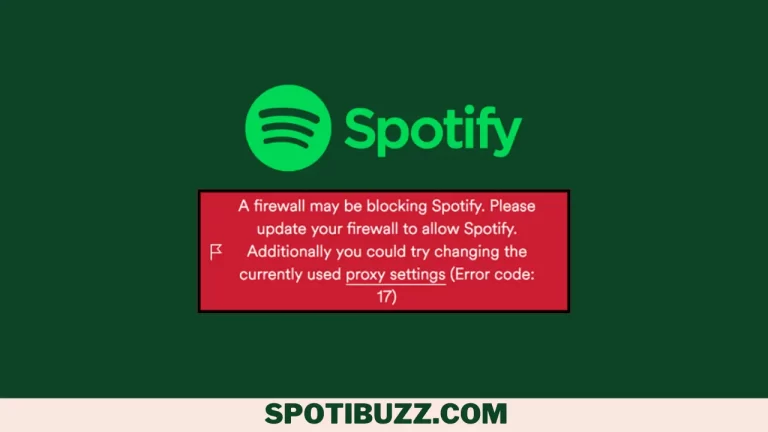I love Tidal’s Audio, But I’m Still Going Back To Spotify
Music streaming has become a huge part of our lives, especially in the era of smartphones and wireless headphones. There are many options, but two of the most popular ones are Spotify and Tidal. Spotify is known for its large library, personalized playlists, and social features. Tidal is known for its high-fidelity sound, exclusive content, and artist-owned platform.
I have been a loyal Spotify user for years, but I wanted to see what Tidal offers. So I signed up for a free trial and gave it a shot. I was impressed by the sound quality and the variety of music available on Tidal. I was listening to music in a whole new way, with more clarity and depth. I also enjoyed some of the exclusive content, such as live concerts, podcasts, and videos.
But after a month of using Tidal, I realized it was not enough to keep me hooked. I missed some of the features that Spotify had, such as creating collaborative playlists, sharing songs with friends, and discovering new music based on my taste. I also found Tidal’s user interface less intuitive and user-friendly than Spotify’s. And finally, I was not willing to pay twice as much for Tidal’s premium subscription as Spotify’s. I love Tidal’s audio, but I’m still returning to Spotify. Still, reading this article? It means you need to know more about why I returned to Spotify. Let’s explore.
The Pros Of Tidal
Tidal offers lossless audio and exclusive content such as live concerts, podcasts, and videos. This means you can listen to music in CD-quality sound or higher, without any compression or distortion. You can also enjoy immersive sound formats such as Dolby Atmos and Sony’s 360 Reality Audio, which create a 3D sound experience.
Tidal has over 90 million tracks, including many exclusive releases from artists such as Beyoncé, Jay-Z, Kanye West, Rihanna, and more. You can also watch over 650,000 high-quality videos, including music videos, original content, live streams, and events.
Tidal has excellent curated content, including playlists hand-picked by experts or guest artists, discovery radio stations, and shows. You can also get personalized recommendations based on your taste and listening history with My Mix and Artist Radio.
Tidal pays artists more than any other streaming service, with an average of $0.013 per stream. This means you are supporting the artists you love and helping them create more music for you to enjoy.
The Cons Of Tidal
Tidal has no annual subscription plan, meaning you cannot save money by paying for a year in advance. This makes Tidal more expensive than other streaming services that offer annual plans, such as Apple Music and Spotify.
Tidal’s free tier lacks headline features, such as high-quality audio, offline mode, lyrics, and videos. This means you cannot enjoy the full benefits of Tidal without paying for a subscription. The free tier also has ads and automatically shuffles songs, which can annoy some listeners.
Tidal needs hi-res-capable components to fully appreciate audio benefits. This means you need a compatible device, headphones, speakers, or amplifier to listen to Tidal’s lossless or master-quality audio. Otherwise, you may not notice much difference from other streaming services that offer lower-quality audio.
Tidal has a smaller user base and fewer social features than other streaming services. This means that you may have fewer friends or contacts who use Tidal, and you may need help sharing your music or playlists with them easily. Tidal music needs more integration with other apps and platforms, such as smart speakers or voice assistants.
Tidal’s price and value as compared to Spotify
Tidal charges $9.99 monthly for its HiFi plan, which offers lossless audio and exclusive content. This is the same price as Spotify’s Premium plan, which offers lower-quality audio but more features and a larger user base.
Tidal also offers a monthly HiFi Plus plan for $19.99, which adds master-quality audio and immersive sound formats such as Dolby Atmos and Sony’s 360 Reality Audio. This is the most expensive plan among the major streaming services, and it requires compatible devices and headphones to enjoy the full benefits.
Tidal does not offer an annual subscription plan, meaning you cannot save money by paying for a year in advance. Spotify offers an annual plan for $99, which saves you about $20 compared to paying monthly.
Tidal pays artists more than Spotify, with an average of $0.013 per stream compared to $0.0038 per stream. This means you are supporting the artists you love and helping them create more music for you. However, this may be a minor factor for some listeners who care more about the value they get from their subscriptions.
[su_heading size=”14″]
Frequently Asked Questions
[/su_heading]
[su_heading size=”14″]
Final Analysis
[/su_heading]
I love Tidal’s audio, but I’m still returning to Spotify. Tidal has superior sound quality and exclusive content, but Spotify has more features, a better user interface, and a lower price. Music streaming is a personal choice, and everyone has preferences and needs. For me, Spotify is the best option for now, but I will always appreciate what Tidal has to offer.







